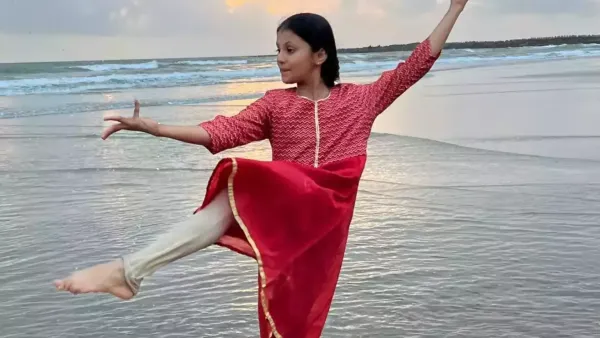
In an era defined by pixels, hashtags, and algorithms, social media has emerged as more than a tool for connection, it has become a dynamic stage for artists across genres. From musicians and dancers to illustrators and spoken word poets, creators are no longer waiting in the wings for traditional platforms to recognize them. Instead, they are using the power of social media to take center stage, redefine audiences, and reimagine success on their own terms.
The transformation began subtly but gained momentum with the rise of platforms like Instagram, YouTube, and TikTok. Initially viewed as casual outlets for creative expression, these platforms quickly evolved into global galleries and performance spaces. Artists who once struggled to gain a foothold in conventional institutions, be it galleries, publishing houses, or talent agencies, found fertile ground online. The shift was both democratic and disruptive. Talent no longer needed validation from gatekeepers or talent managers. A smartphone, creativity, and consistency were the new currency.
One of the most profound impacts of social media has been its ability to decentralize exposure. Previously, an artist based in a small town or remote region faced immense barriers to visibility. Today, geography is irrelevant. A Kathak dancer from Lucknow, a folk musician from Manipur, or a graffiti artist from Shillong can amass thousands, even millions of followers from every corner of the world. Their reels, shorts, and stories not only showcase art but also narrate culture, tradition, and identity.
Social media also offers a unique intimacy between the artist and the audience. The creator-fan relationship is no longer mediated by record labels or event promoters. Through live sessions, comments, and direct messages, fans can engage in real-time conversations with artists. This constant feedback loop encourages experimentation and fuels creative evolution.
Moreover, the platform economy has turned passion into profession. Monetization features, brand collaborations, and digital patronage systems like Patreon or YouTube’s members only, have empowered artists to earn sustainably. In some cases, viral content has launched careers overnight. However, beneath the glamour lies the reality of relentless content creation, algorithmic pressure, and digital burnout. Artists must navigate the balance between authenticity and virality, a challenge that demands not just creativity but strategic acumen.
Importantly, social media is also reshaping the definition of what it means to be an artist. No longer confined to formal training or academic accolades, creators who innovate, engage, and inspire are gaining equal, if not more, recognition. The boundaries between art forms are blurring. A digital illustrator might collaborate with a poet to create an animated spoken word video; a beatboxer could remix a classical raga into a trending soundbite.
The trajectory from reels to roots symbolizes more than a shift in medium, it reflects a cultural revolution in how art is made, shared, and celebrated. Social media has not just given artists a stage; it has given them agency. And in doing so, it has redefined the creative ecosystem for a new generation, one post, one reel, one story at a time.